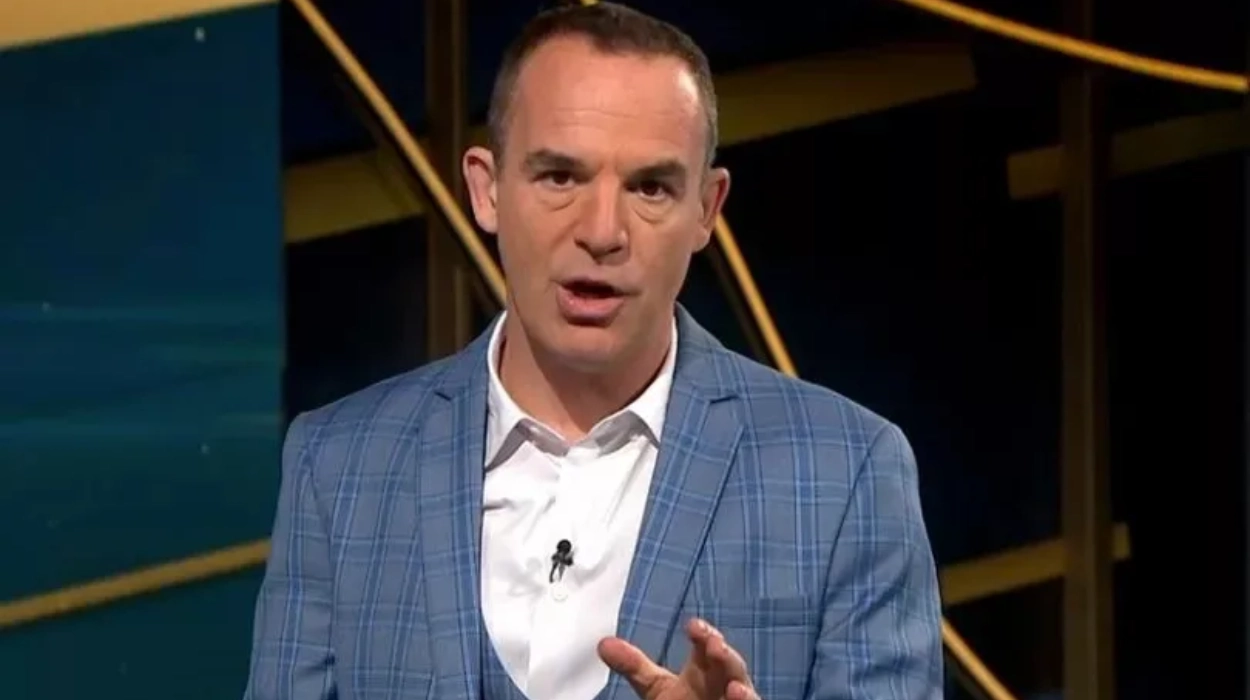Birmingham (Parliament Politics magazine) – Martin Lewis has warned UK households with savings of £10,000 or more that they could face increased taxation, not on the savings themselves but on the interest generated from those savings. He explains the personal savings allowance thresholds and the impact on different tax bands, stressing the importance of understanding these rules as interest rates rise and government changes loom. Starting with Martin Lewis’s key warning, followed by detailed explanations of savings interest taxation, tax allowances, implications for different taxpayers, and advice on protecting savings.
Martin Lewis Issues Warning on Savings Tax
As reported by Martin Lewis himself during the latest episode of his eponymous podcast and detailed on MoneySavingExpert.com, UK households with savings of £10,000 or more face the possibility of paying tax on the interest their savings generate. Lewis clarified,
“The more you earn and the more savings you have, the more likely you are to be taxed on your interest”.
Lewis explains the key point concisely,
“If you are a basic rate taxpayer – a 20% rate taxpayer, you are allowed to earn £1,000 of interest in all savings accounts tax free. Above £1,000 interest it is taxed. If you are a higher rate 40% taxpayer you’re allowed to earn £500 interest tax free”.
Personal Savings Allowance Explained
Martin Lewis outlined the main savings tax allowances relevant to UK taxpayers. He said the tax is not on the savings but on the interest earned from these savings accounts. Most people will not pay tax because there are allowances in place, notably the personal savings allowance. For basic-rate taxpayers, this means up to £1,000 of interest earned is tax-free, while higher-rate taxpayers receive £500 tax-free interest. Top-rate taxpayers, those paying 45%, do not receive any personal savings allowance .
Further clarification from MoneySavingExpert.com highlights the tiered structure of allowances:
- Everyone has a personal allowance of £12,570 tax-free income each year, including earnings and interest.
- Lower earners can benefit from a “starting savings rate” on up to £5,000 of savings interest, which phases out as earned income rises.
- The personal savings allowance then provides the £1,000 tax-free interest for basic-rate payers or £500 for higher-rate payers. Top-rate payers receive no allowance, so all interest is taxable.
Lewis illustrated this with examples, explaining if a person earns £14,570 from work, their starting savings rate reduces by £2,000, meaning they are left with a £3,000 tax-free savings interest allowance.
Rising Interest Rates and ISA Changes Compound Risk
Martin Lewis also discussed ,
“why more savers could face tax bills now”.
Interest rates on savings have increased, with high street banks offering up to 4.75% on easy-access accounts. This rise means savers with around £10,000 or more could see taxable interest exceed their allowance thresholds (MoneySavingExpert: webewis warned that government proposals to reduce the annual cash ISA allowance from £20,000 to as low as £4,000 could further impact savers. Cash ISAs currently shelter savings from tax, but a reduction would mean more money flowing into taxable accounts, potentially increasing savers’ tax liabilities.
He reassures savers that existing ISA funds are safe but encourages people to act proactively in light of potential changes. This reflects ongoing government fiscal tightening post-pandemic.
Impact on Various Income Groups and Savers
Martin Lewis’s guidance stresses that tax impact varies depending on income levels:
- Basic-rate taxpayers can earn up to £1,000 tax-free interest.
- Higher-rate taxpayers’ tax-free limit is £500.
- Top-rate taxpayers pay tax on all savings interest as no allowance applies.
Lower earners may also benefit from the starting savings rate allowance, potentially allowing up to £18,570 total income and savings interest tax-free when combined with the personal allowance (MoneySavingExpert: webewis emphasises that many UK pensioners and those on low incomes may not need to worry about tax on savings unless their interest significantly rises.
Advice for Protecting Savings from Tax
To avoid paying tax unnecessarily on savings interest, Martin Lewis advises using tax-efficient accounts like cash ISAs, which offer completely tax-free interest regardless of income level. He explains,
“Cash ISA interest does not count towards any savings allowances. So if you’re going to pay tax, protecting it in a top cash ISA is crucial”.
Lewis also points out that other options include premium bonds, where winnings are tax-free, and diversifying investments into stocks and shares ISAs, but with careful risk management.
How Tax Is Collected on Savings Interest
Lewis details how tax is collected: many salaried people have their tax adjusted automatically via changes to their PAYE code, handled by HMRC, so they may not even realise tax is being deducted from savings interest. People filing self-assessment tax returns must declare interest earnings stresses that understanding these mechanisms helps savers avoid surprises in yearly tax bills.
Martin Lewis’s warnings highlight a critical financial issue for UK savers, particularly those with around £10,000 or more in savings. Rising interest rates, complex savings tax allowances, and potential government reductions in ISA limits create a challenging environment for managing savings tax efficiently.
He advises taxpayers to educate themselves about personal savings allowances, actively use cash ISAs where possible, and be aware of policy changes impacting tax liabilities. Savers should consult expert resources like MoneySavingExpert.com for detailed, up-to-date guidance.


